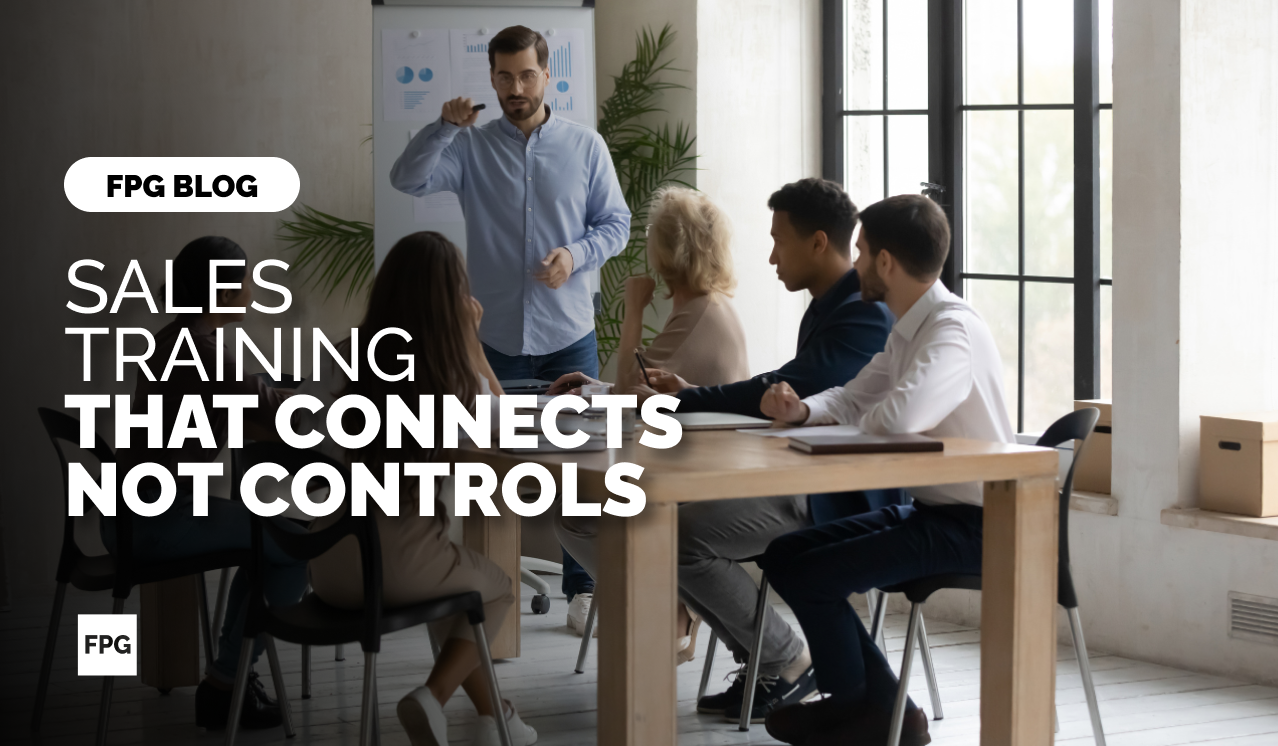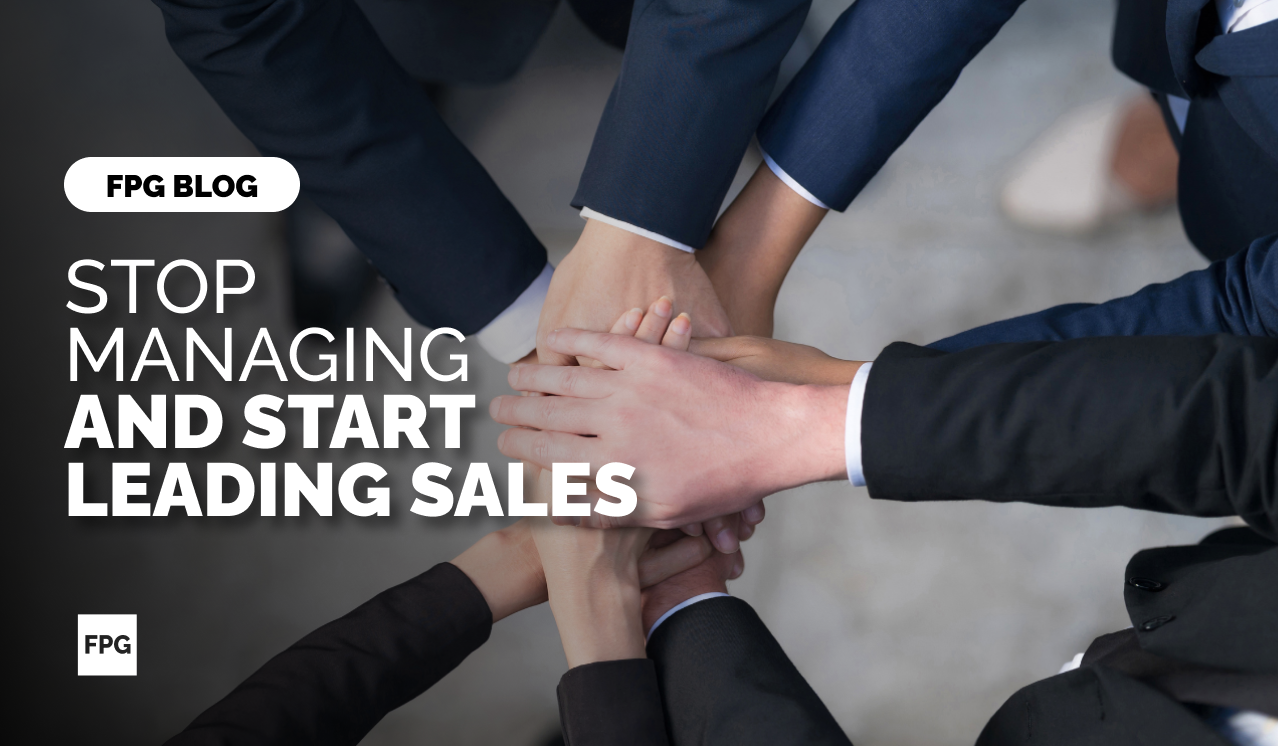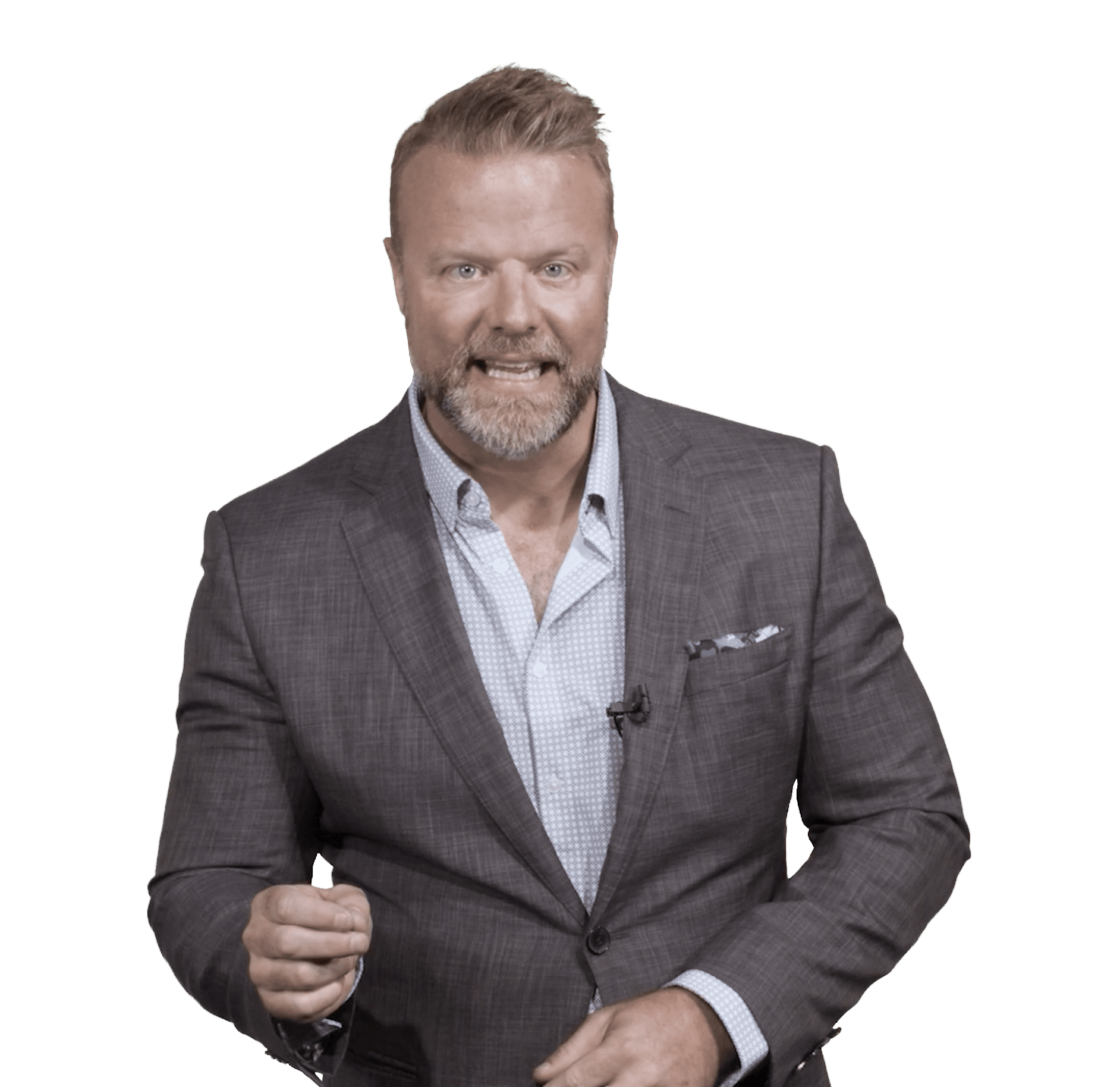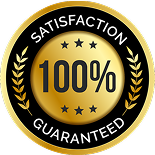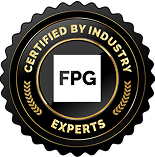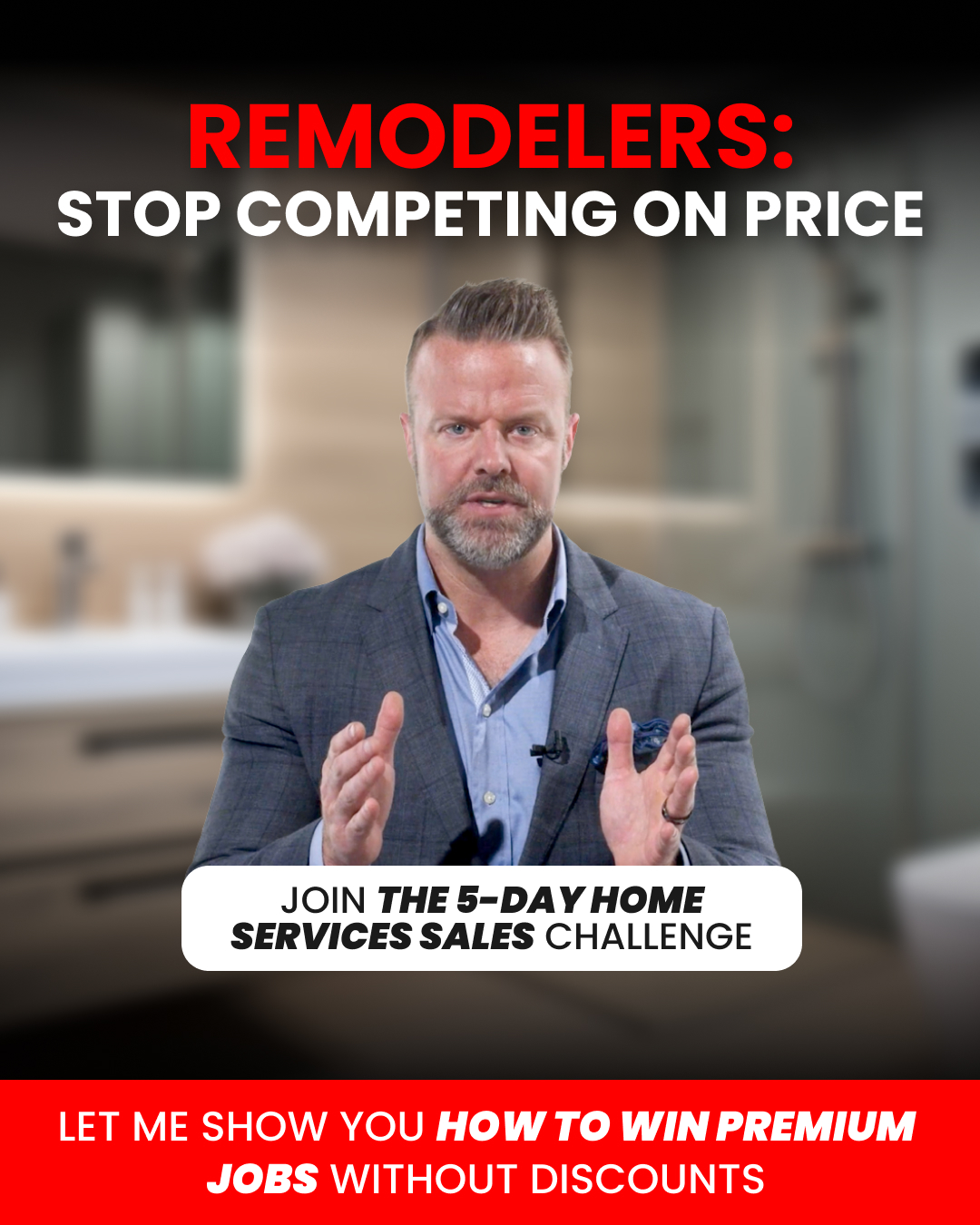A 4-Step Process for Selling Your Sales Team on Your Product Via Jason Forrest
I’m from a family of salespeople and nothing grates on me more than a salesperson representing something they don’t believe in. Any company is better off with a shiny website touting features than with a live person who feels a competitor offers a better value or features.
On the flip side, nothing is more valuable than a salesperson with an unwavering belief in what they’re selling. As far as I’m concerned, there’s no greater resource a company can have than a sales team 100 percent convinced their product is worth more than they’re charging.
Often, the opposite is true. It’s easy when we’re having a hard time selling something to think the answer is to lower prices. While there is a place for reevaluating prices, first we just need to think differently.
It’s easy to get hung up on sticker prices without considering all that goes into that price. Telling salespeople “our product is better” isn’t enough. They have to internalize their belief in the value of the product so they can overturn objections about the price, first within themselves and then for the customer.
Lead salespeople through this four-step process to put them in a position to believe in the product and close the sale:
1. Do the research.
Identify your top two competitors and do a side-by-side comparison of key features. Competitor 1 is offering a, b, and c at this price. We’re doing a, b, and c, plus d and e for $X.
2. Examine the price gap.
Let’s say Competitor 1’s price is 15 percent lower than yours. Make a list of all the tangible features and intangible benefits you bring to the table that justify you charging more. The tangibles will vary depending on what product you’re selling but might include a better warranty, higher resale value, lower maintenance costs, and more-or-better standard features than the competition. Intangibles might include your brand, customer experience, service turnaround time, or even the salespeople themselves.
3. Assign values to your tangible features.
Determine the actual market/retail value of the identified features. What would it cost to add these features to the competitor’s product? As an example, let’s say you’re a graphic design company that offers a 48-hour turnaround as a standard feature. Your competitor sells this service as an add-on, but the customer has to pay an additional 10 percent. Bingo! You’ve started to close the gap and make a strong case for your pricing.
4. Assign values to your intangibles.
Repeat step three but focus on your intangibles. For example, I get service from Hugo Boss I don’t get anywhere else. My salesperson calls and emails to update me on the latest products and items he thinks I’ll like. I don’t mind paying extra for that intangible value.
These evaluations are subjective, so discuss each benefit with the group. When you reach a consensus about what they’re worth, assign a specific value to each intangible. Continue working through this four-step process until your team is convinced that the value you’re offering exceeds what you’re charging.
This exercise will get them to see what they’re selling in a different light so they can counter their initial internal reaction to the higher price. You’re empowering them to say (and, more importantly, to believe) “Wow!
“We are worth every penny we charge and more!” instead of “There’s no way I can sell this product at this price.” Once your team is convinced, applying what they’ve learned with customers is natural. Coach them to close their customers on the price for each tangible and intangible item and not stop until they’re above and beyond the value that the competition can offer. A sales team that believes wholeheartedly in their product is wholly unstoppable.
Traditional Sales and Leadership Training fails to address the real problem!
You’ve tried training your team in the past, but it didn’t really work. The old style of training just doesn’t seem to work anymore. It’s no secret that sales and leadership training is essential, but it can be hard to find a training program that actually works. Most programs are outdated and are not focused on changing behavior.
FPG Sales Training is different. We don’t use the traditional approach of lecturing your team for hours on end. Instead, we help your team understand their mindset and give them the tools they need to succeed. We help them remove their excuses so they can finally achieve their goals. Book a Meeting today!
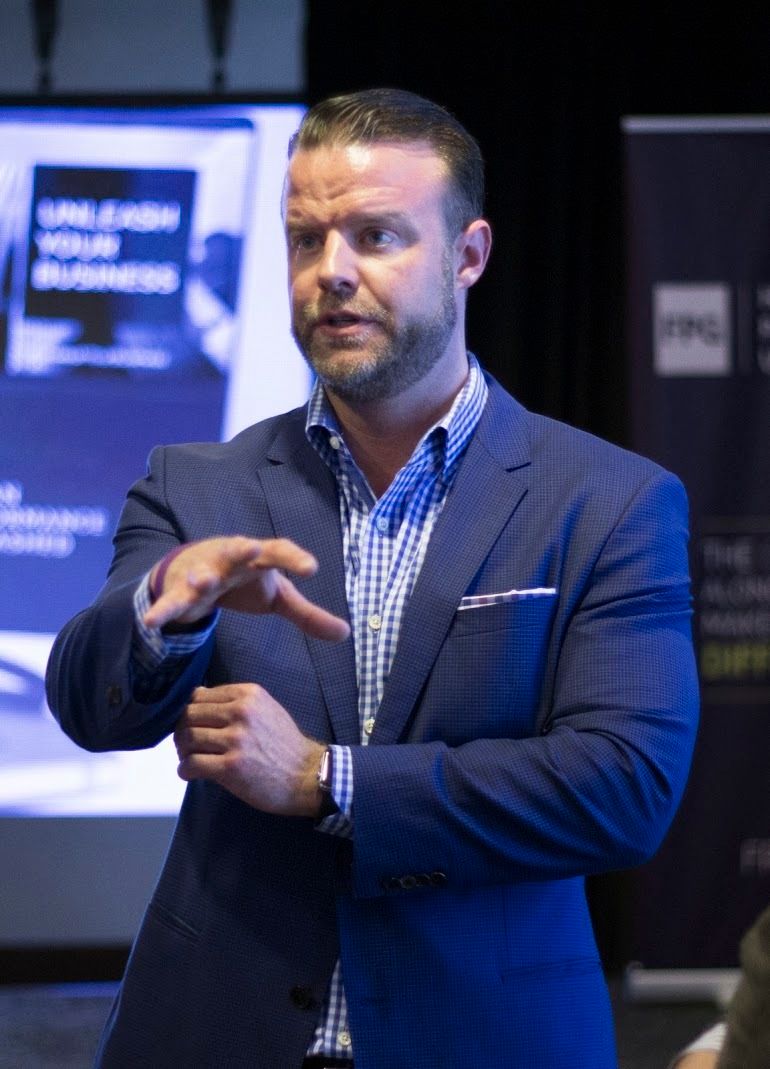
Jason Forrest
Jason Forrest has disrupted the sales training industry by creating the first training program that changes behavior. This is done through 1) teaching tactical real-world processes; 2) the language of persuasion, 3) removing the mental leashes that hold people back, and 4) through a program-based training approach. This philosophy is what led his Warrior Selling® and Leadership Sales Coaching programs to be ranked in the top 2 of the World’s Top Sales Development Programs, by Global Gurus. His provocative style of speaking his truth ranks him at number 5 on the Global Sales Guru list.
Jason is a Master Practitioner in Neuro-Linguistic Programming, the science of influence and behavioral change. He is also a Practitioner in Accelerated Evolution, the psychology of removing fear in high performers.



